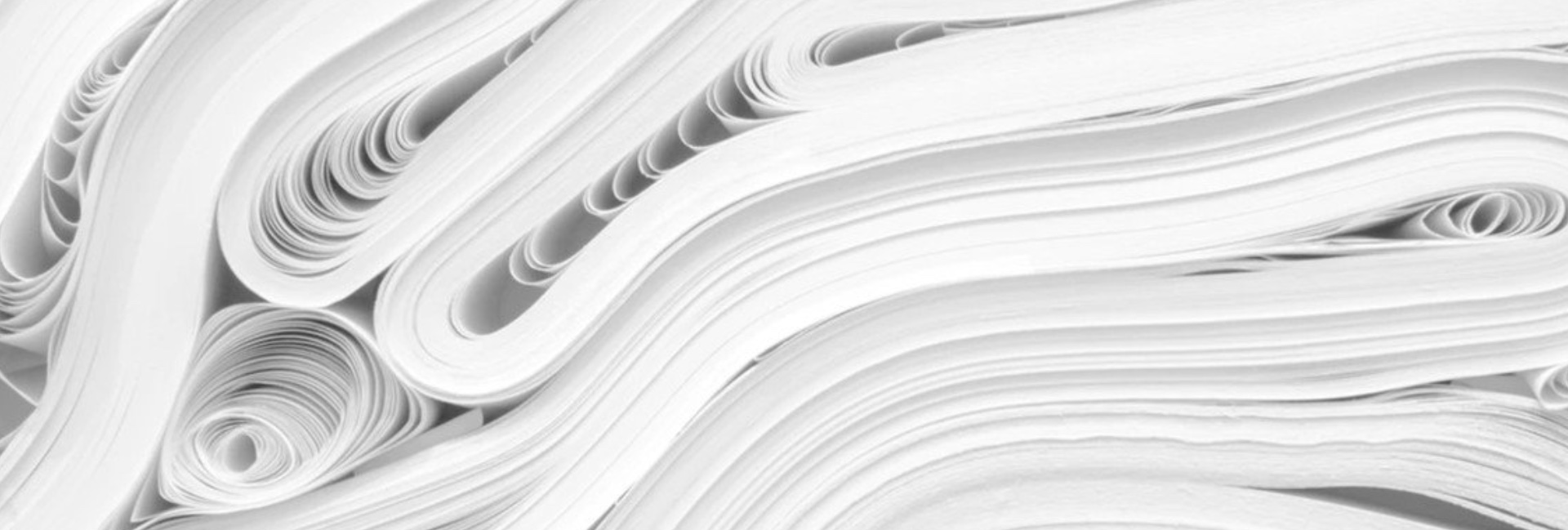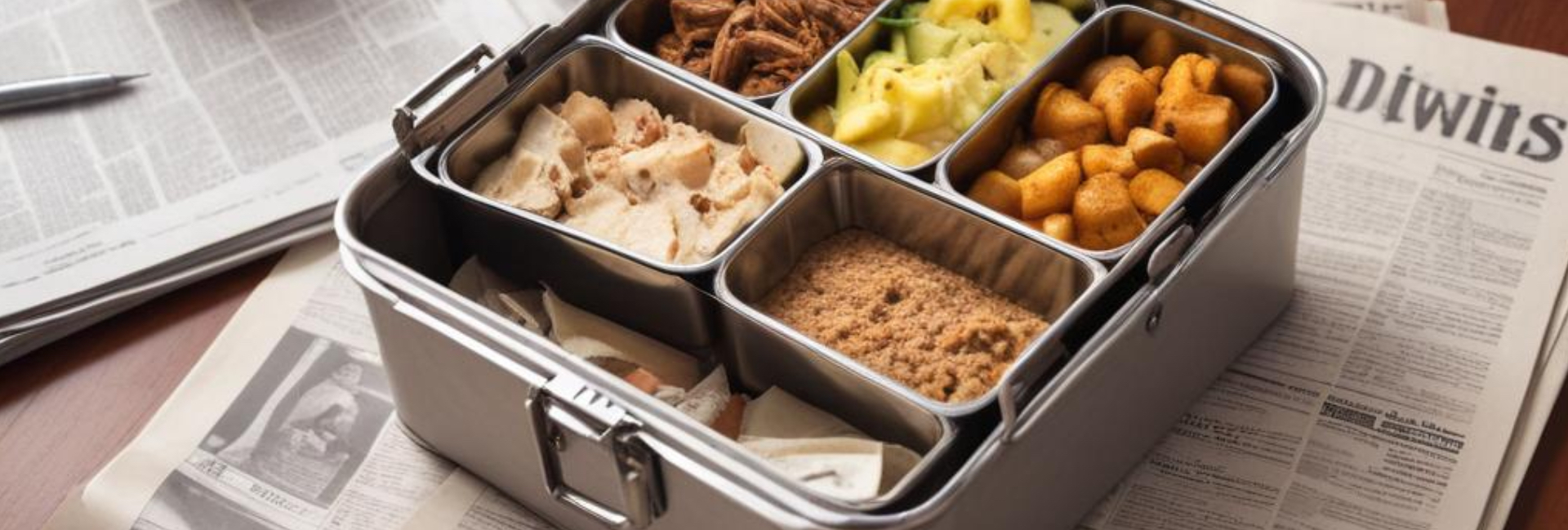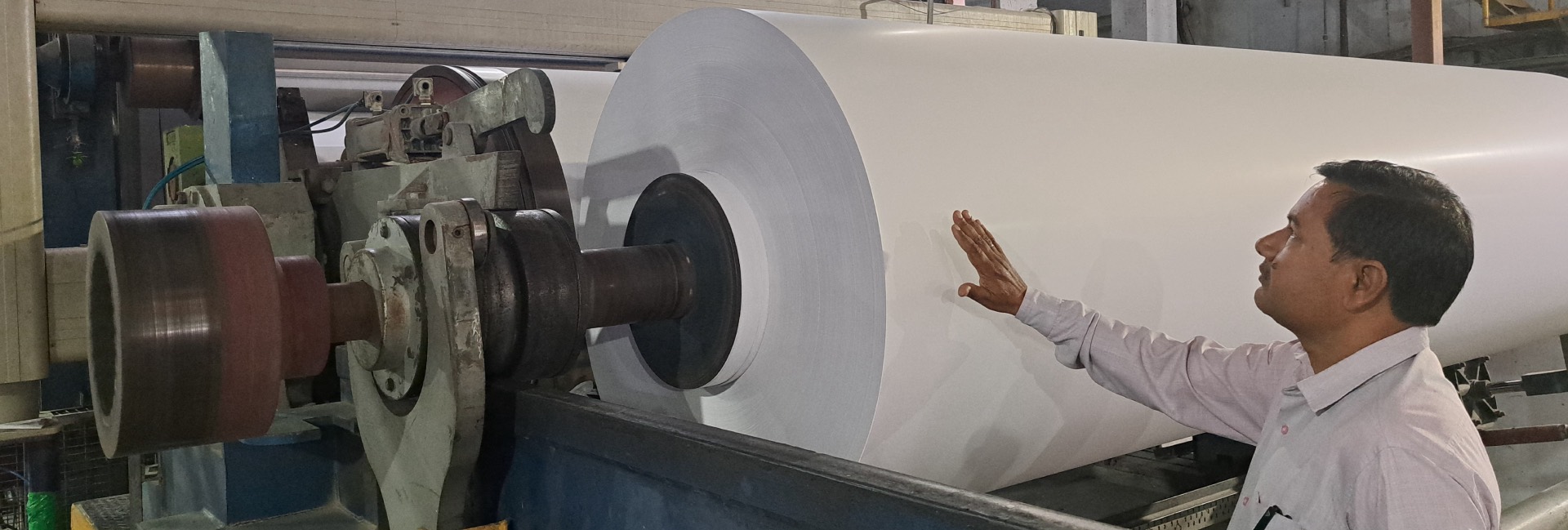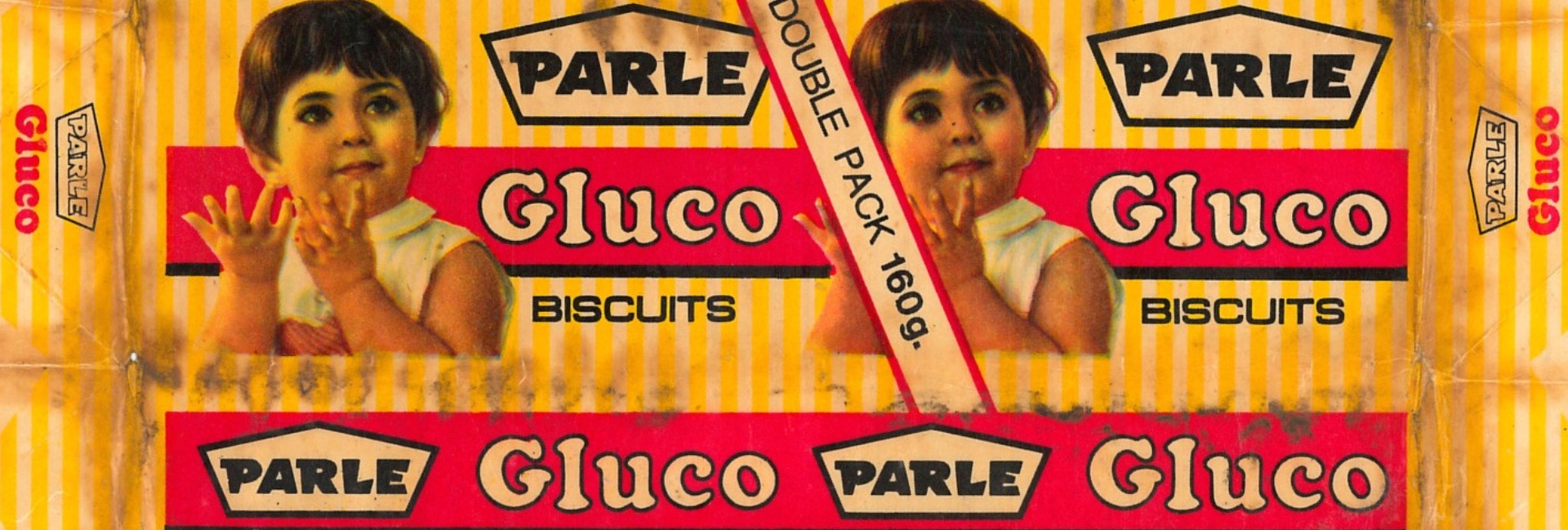Abstract
Since long, papermakers have given more and more attention towards FPR. Efforts have been made to increase FPR by optimization of jet landing on wire, fine tuning of headbox and other operating parameters as well as use of retention aids. However, past few decades have witnessed a lot of changes in operational performances, cost effectiveness as well as environmental expectations by paper mills. The present article is a thought to explore further possibilities to achieve various goals.
Introduction
A couple of decades back, paper mill was considered a highly water intensive industry. Availability of ample amounts of water was a pre-requisite for setting up a paper mill. If we look closely, with more feed water, the generation of wastewater would be more, and hence the fibers/fines being drained with it. Probably, this was one of the initial cause for papermakers working on getting better FPR.
Times changed, profitability shrank, and the need to explore ways to get a better yield appeared. The first obvious option was to use maximum amount of excess paper machine backwater for dilution operationsin stock preparation- like pulper, centricleaner inlet etc.
Still, occasional system imbalances resulted in overflow of back water tanks, thus causing a loss of fibers-fines. Not only this, it was soon discovered that most of the process chemicals efficiency is strongly dependent on FPR. This made FPR an important parameter for any paper machine. Later, some retention aids were developed which improved FPR to a significant level. Very soon, these became need for every paper machine.
So, What’s New
The recent past has witnessed significant changes in various areas. Earlier, while we used to say, 5-10 liters of water is needed to make one A4 size sheet, today mills are using just 20-100mL water for the same- less than 1% water compared to earlier times. Process operations are becoming more and more compact, closed, and efficient. That makes a review of our efforts more and more important.
In fact, most of the retention aids, we are using are polymers. The long chain polymers get attached to fiber-fines and make a big floc, which can easily be retained on wire during web formation on the wire part. So far, everything is ok. But, of course, there are some fines which do attach to the polymer, but are unable to attain the size suitable for being retained on wire. These, along with excess back water go to back water tank and come to paper machine again along with the pulp.
Not always, but in many cases, the attached polymer restricts the attachment of other chemicals like AKD etc. on to the surface of fiber, thus resulting in increased retention aid dosage. The unutilized AKD and other chemicals go to the back processes, but in the process this AKD gets hydrolyzed and becomes useless for sizing. As a result, its consumption increases.
Not only this, there are some polymer chains which cannot get attached to any fiber or fine, and remain there in excess backwater. These chains get attached to any available surface, preferable the dead pockets of chests, pipelines, headbox etc. and facilitate the growth of slime and other unwanted material.
Polymer Under Shear
The long chain polymer often brakes into small pieces under high shear, and this starts creating problems in the long run. It has been observed that on a paper machine, excess retention aid dosage for a few days resulted in premature felt choking. In fact, the polymer molecules got trapped in void between the press felt, thus reducing its dewatering capacity. The mill effluent got extremely turbid which was very difficult to treat in effluent treatment plant even at 50% of the rated flowrate.
So, What should be Done?
In fact, it is the time to explore another parameter which indicates the efficiency of the whole process, particularly the chemical retention.
We know that any process chemical added to process will go to three places-
- Along with paper
- Along with Effluent
- Along with process sludge
A process chemical going with paper is what we expect, so no problem with that. A process chemical going along with process sludge is undesirable, and the best way is to close and optimize the process operations accordingly. But, if a process chemical is going along with effluent, it can easily be checked.
Experimental
There can be many strategies to test if the chemicals are being excessively dosed. Let us have a look at a few of these-
Take a sample of paper. The sample should be true to the lot of waste paper being used for making paper. Make a pulp from known quantity of this using fresh water (the water you are using in your process, not the distilled water. Squeeze this, and collect the back water thus generated. Now, heat the filtrate so that the volume remains almost in the same ratio as your specific effluent discharge is.
For example, if you having 4kL/T of effluent discharge, the filtrate after boiling should remain nearly equal to four times the waste paper you used for the experiment. Now, check its COD. Also check the COD of untreated effluent going to your ETP, after primary clarification. A significant difference between the two is a clear indication that the process chemicals are going to waste. Not only COD, similar testing can also be done using TS (total solids, SS+DS).
Explore, can we develop ratios based on COD and TS? It has been found that in a particular case, the ratio was beyond 10. A very high ratio obviously means most chemicals are going to drain.
The Way Forward
It is the need of the time to look into this and simultaneously explore other ways to impart desired properties with minimal amounts of chemicals/additives. Using mechanical retention could be one such possibility, which needs to be explored now.
Mechanical Retention Improvement
A lot of work has already been done in wet and of paper machines, wire part, slice geometry, jet landing, forming board and initial drainage elements etc. However, we must not forget that compared to earlier times, machine capacities are increasing and the silo volumes are either stable or even decreasing to cater the needs of faster quality changes. That means, fines do not get adequate time to settle down and go to headbox, and hence excess back water remains saturated with fines. If, somehow, we are able to catch these fins, and divert these to fan pump –that too without any chemical- we can have a clearer excess backwater.
On a typical paper machine, it has been observed that the excess backwater is usually 15-17% of total wire drainage. That means, if your backwater concentration is say 1800ppm right now, capturing all fines from excess backwater will increase the backwater concentration to say 2100ppm. But, the overall retention will increase dramatically, sizing and other chemical consumption may go down typically 5-10% or even more.
How that can be done? Have a machine clarifier, tube settler or other settling device, and divert all collected fines to fan pump suction. Some papermakers might not like the idea, ask them- “If the same fines go to backwater tank, and come along with the pulp after say 6-8 or 10 hours, are’t you using these?” During this time, the fines get hydrolyzed and create further drainage problems on wire, for which additional dosages of drainage aid and retention aids are needed.
Not only this, as you start this way, your stock preparation equipment can get rid of extra load imparted by the regularly circulating fines, which account for nearly 5-7% of total solid throughput.
ConclusionDuring past few years, paper mills have significantly reduced fresh water consumption, and hence the effluent is getting more concentrated by the residual chemicals. Furthermore, in today’s time, while the cost of all chemicals and raw materials is skyrocketing, and being cost competitive is a must, looking beyond FPR and further R&D in the field of mechanical retention improvement is a must.





